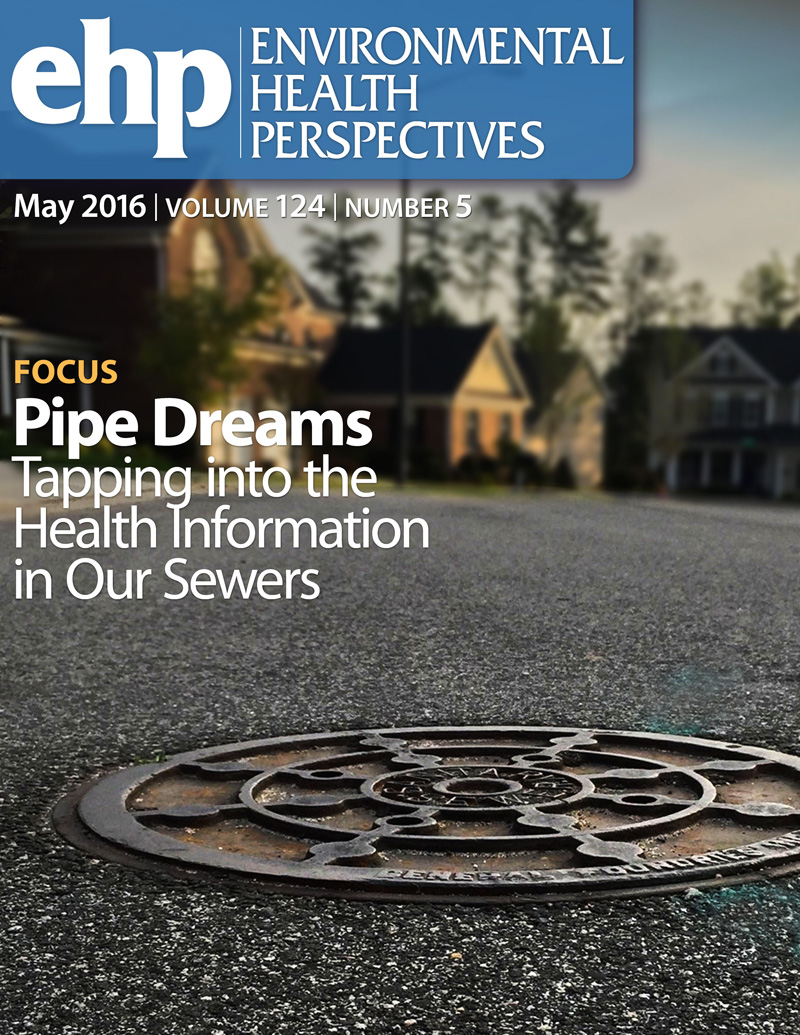Statistical methods for chemical mixtures: a roadmap for practitioners using simulation studies and a sample data analysis in the PROTECT cohort.
IF 9.8
1区 环境科学与生态学
Q1 ENVIRONMENTAL SCIENCES
引用次数: 0
Abstract
BACKGROUND Quantitative characterization of the health impacts associated with exposure to chemical mixtures has received considerable attention in current environmental and epidemiological studies. With many existing statistical methods and emerging approaches, it is important for practitioners to understand which method is best suited for their inferential goals. OBJECTIVE The goal of this paper is to provide empirical simulation-based evidence regarding performance of mixture methods to help guide researchers on selecting the best available methods to address three scientific questions in mixtures analysis: identifying important components of a mixture, identifying interactions among mixture components and creating a summary score for risk stratification and prediction. METHODS We conduct a review and comparison of 11 analytical methods available for use in mixtures research, through extensive simulation studies for continuous and binary outcomes. In addition, we carry out an illustrative data analysis using the PROTECT birth cohort from Puerto Rico, to examine the associations between exposure to chemical mixtures-metals, polycyclic aromatic hydrocarbons (PAHs), phthalates and phenols-and birth outcomes. RESULTS Our simulation results suggest that the choice of methods depends on the goal of analysis and there is no clear winner across the board. For selection of important toxicants in the mixtures and for identifying interactions, Elastic net by Zou et al. (Enet), Lasso for Hierarchical Interactions by Bien et al.(HierNet), Selection of nonlinear interactions by a forward stepwise algorithm by Narisetty et al. (SNIF) have the most stable performance across simulation settings. For overall summary or a cumulative measure, we find that using the Super Learner to combine multiple Environmental Risk Scores can lead to improved risk stratification and prediction properties. CONCLUSIONS We develop an integrated R package "CompMix" that provides a platform for mixtures analysis where the practitioners can implement a pipeline that includes several approaches for mixtures analysis. Our study offers guidelines for selecting appropriate statistical methods for addressing specific scientific questions related to mixtures research. We identify critical gaps where new and better methods are needed. https://doi.org/10.1289/EHP15305.化学混合物的统计方法:在PROTECT队列中使用模拟研究和样本数据分析的从业者的路线图。
背景:在当前的环境和流行病学研究中,与接触化学混合物有关的健康影响的定量表征受到了相当大的关注。对于许多现有的统计方法和新兴的方法,从业者了解哪种方法最适合他们的推理目标是很重要的。本文的目的是提供关于混合方法性能的基于经验模拟的证据,以帮助指导研究人员选择最佳可用方法来解决混合物分析中的三个科学问题:确定混合物的重要成分,确定混合物成分之间的相互作用以及为风险分层和预测创建汇总评分。方法我们通过对连续和二元结果的广泛模拟研究,对11种可用于混合物研究的分析方法进行了回顾和比较。此外,我们使用波多黎各的PROTECT出生队列进行了说明性数据分析,以检查暴露于化学混合物-金属,多环芳烃(PAHs),邻苯二甲酸盐和苯酚-与出生结果之间的关系。结果我们的模拟结果表明,方法的选择取决于分析的目标,并且没有明确的赢家。对于混合物中重要毒物的选择和相互作用的识别,Zou等人的Elastic net (Enet), Bien等人的Lasso分层相互作用(HierNet), Narisetty等人(SNIF)通过前向逐步算法选择非线性相互作用在模拟设置中具有最稳定的性能。对于总体总结或累积测量,我们发现使用超级学习者组合多个环境风险评分可以提高风险分层和预测性能。我们开发了一个集成的R软件包“CompMix”,它提供了一个混合物分析平台,从业者可以在其中实现包括几种混合物分析方法的管道。我们的研究为选择适当的统计方法提供了指导方针,以解决与混合物研究相关的具体科学问题。我们确定需要新的和更好的方法的关键差距。https://doi.org/10.1289/EHP15305。
本文章由计算机程序翻译,如有差异,请以英文原文为准。
求助全文
约1分钟内获得全文
求助全文
来源期刊

Environmental Health Perspectives
环境科学-公共卫生、环境卫生与职业卫生
CiteScore
14.40
自引率
2.90%
发文量
388
审稿时长
6 months
期刊介绍:
Environmental Health Perspectives (EHP) is a monthly peer-reviewed journal supported by the National Institute of Environmental Health Sciences, part of the National Institutes of Health under the U.S. Department of Health and Human Services. Its mission is to facilitate discussions on the connections between the environment and human health by publishing top-notch research and news. EHP ranks third in Public, Environmental, and Occupational Health, fourth in Toxicology, and fifth in Environmental Sciences.
 求助内容:
求助内容: 应助结果提醒方式:
应助结果提醒方式:


